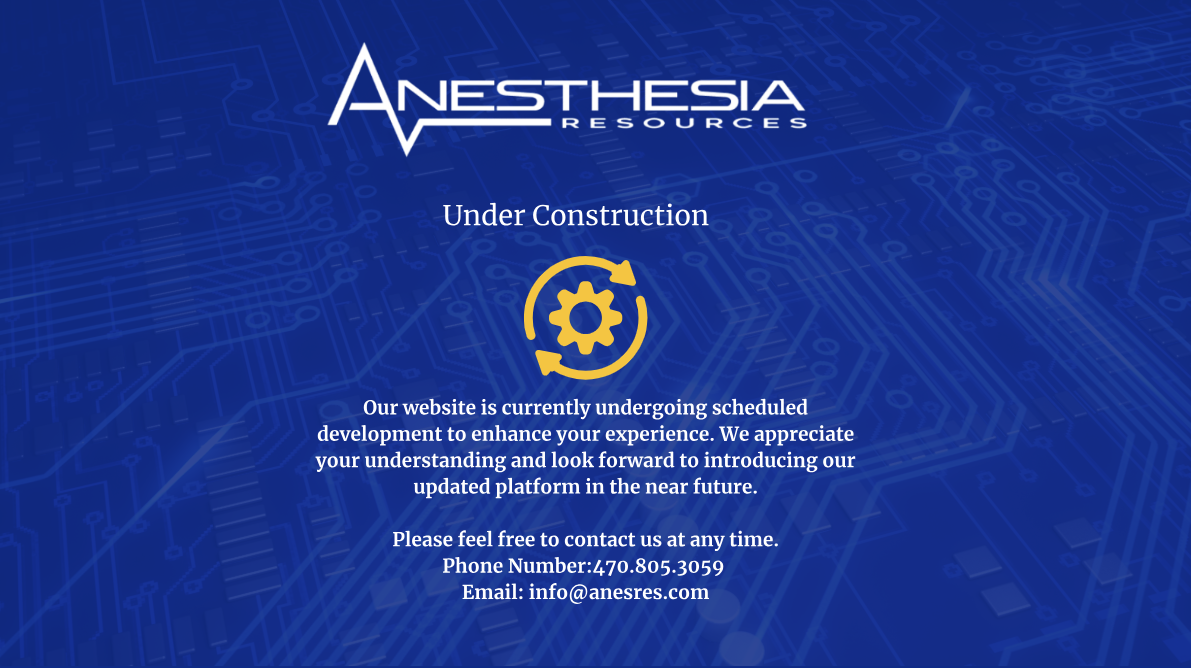2013 OIG Work Plan Now Includes Anesthesia
Anesthesia Services -Payments for Personally Performed Services (New)
“We will review Medicare Part B claims for personally performed anesthesia services to determine whether they were supported in accordance with Medicare requirements. We will also determine whether Medicare payments for anesthesiologist services reported on a claim with the “AA” service code modifier met Medicare requirements. Physicians report the appropriate anesthesia modifier to denote whether the service was personally performed or medically directed. (CMS’s Medicare Claims Processing Manual, Pub. No. 100-04, ch.12, @ 50) The service code “AA” modifier is used for anesthesia services personally performed by an anesthesiologist, and the “QK” modifier is used for medical direction of two, three, or four concurrent anesthesia procedures by an anesthesiologist. The QK modifier limits payment at 50 percent of the Medicare-allowed amount for personally performed services claimed with the AA modifier. Payments to any service provider are precluded unless the provider has furnished the information necessary to determine the amounts due. (Social Security Act, @1833(e).)”
(OAS; W-00-13-35706; various reviews; expected issue date: FY 2013; new start)
Resource: OIG 2013 Work Plan
Got Anesthesia Relief? Document it
Anesthesia providers can save themselves a great deal of compliance risk simply by clearly documenting when one anesthesia provider relieves another on a case – especially when medically directing.
If you don’t explicitly document that another physician has relieved you in the OR, an audit could mistakenly show that you were out of the building or performing more than 4 concurrent cases when you were still supposedly medically directing the original cases.
How to do it. You should have a space on the anesthesia record for relief documentation. This could be as simple as two columns of lines, with the headings “Start Time” and “Stop Time.” The first anesthesiologist’s start time should match the anesthesia start time. A medically directing anesthesiologist fills in the time he assumes or passes off medical direction of a case, and signs the same line.
Common relief mistakes. Stay on the lookout for the following anesthesia relief errors:
- A medically directing anesthesiologist gives one of his CRNAs a lunch break. At that point, he’s trying to personally perform at the same time as he medically directs – breaking the rules of medical direction. Technically, it also breaks medical direction if you give your CRNAs bathroom breaks. Many anesthesia groups just decide not to document lunch breaks, which can cause other problems. In such a case, you could bill for the CRNA services until the lunch break, but you’d probably have to absorb the physician’s medical direction fee.
- A CRNA takes over a case from a physician who is personally performing. The case changes to a medical direction situation when the CRNA takes over, but that can be tough to document. When possible, an anesthesia practice should schedule CRNAs to relieve CRNAs and MDs to relieve MDs.
- A physician knows he’s broken medical direction, but chooses not to document, say, a line insertion, or five minutes when a CRNA he’s directing is out of the OR. The omission might not show up in a regular audit, but the government might be able to sniff it out in a more indepth investigation.
- Most anesthesia specific billing software does a good job of concurrency checking to insure that the documentation shows all providers were in the right place at the right times.
Stay compliant and keep deliverying the best anesthesia care available.


